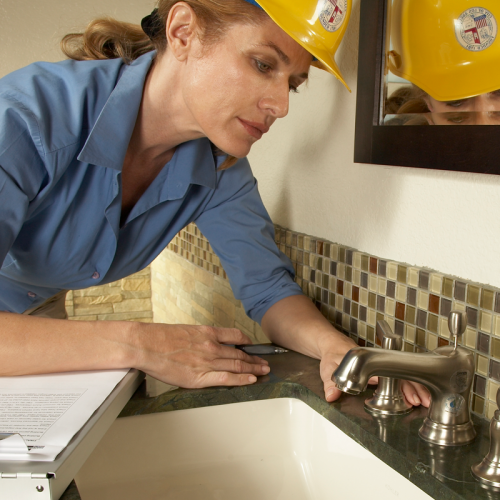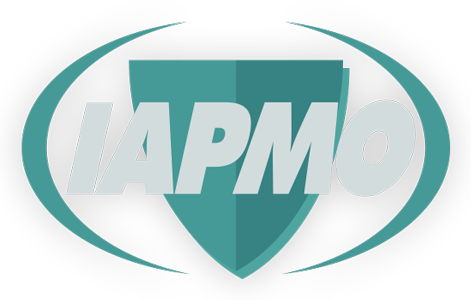About Plumbing Codes
Plumbing and mechanical codes, like all building codes, are rules that provide for safe and civilized living. Building officials want their codes to make a positive difference in their constituents’ lives.
How Do Plumbing Codes Support Communities?
Plumbing systems keep us safe. Good plumbing codes keep plumbing systems safe.
Plumbing codes should have real-world implications rooted in research and plumbing science data. Codes aren’t just the fine print. After public health and safety considerations have been assured, plumbing codes should set the right balance between short-term building costs and long-term operating and maintenance costs.
Plumbing codes help communities turn intention into actionable, realistic regulations that avoid undue regulatory burdens while mitigating unintended consequences.

What is the Uniform Plumbing Code?
Designated as an American National Standard, the Uniform Plumbing Code® (UPC) is a model code developed by the International Association of Plumbing and Mechanical Officials (IAPMO) to govern the installation and inspection of plumbing systems.
Provisions of the UPC and the Uniform Mechanical Code® (UMC) protect more than half of the world’s population.
The UPC model plumbing code is enforceable rather than interpretative, with built-in flexibility to embrace emerging water technologies.
IAPMO codes minimize public risk by specifying technical standards of design, materials, workmanship and maintenance for various systems.
What to Know About the IAPMO Model Plumbing and Mechanical Codes
How does the Uniform Plumbing Code Stay Current?
The UPC is a consensus-based document developed by subject matter experts representing the broad range of the industry. Changes must be approved by a super-majority — a two-thirds affirmative vote of our diverse stakeholders, including plumbers, engineers, manufacturers, environmentalists, and code officials – all experts.
A standards-based consensus process helps avoid a situation where the code can be changed at the last minute by any single constituency.
This is why the UPC is designated as an American National Standard by the American National Standards Institute.
How Often is the Uniform Plumbing Code Updated?
The UPC is revised every three years under IAPMO’s ANSI-accredited development process.
What is the International Plumbing Code?
The International Code Council (ICC) publishes the International Plumbing Code® (IPC) model code.
The ICC frequently cites construction cost savings as a benefit of their model code, the IPC, but neglects to address total lifecycle costs. Some measures in the IPC may save on upfront construction costs, but at the risk of future costs to home and building owners down the road. Read more about plumbing and public health.
How is the International Plumbing Code Changed?
Changes to the IPC may be proposed by interested parties. However, only code officials are allowed to vote at the code cycle’s final development code hearings.
Plumbing systems experts are excluded from this final vote.
A simple majority vote by a single stakeholder group creates a monopoly that can result in a last-minute change to the IPC.
An independent study confirmed that the 2018 ICC code changes increased costs on average 7.57 percent for commercial buildings and 14.20 percent for homes over 2015 editions.
How Often is the International Plumbing Code Updated?
The IPC is updated every three years.
IPC vs. UPC Plumbing Codes
What is the difference?
The UPC is a far more comprehensive plumbing code than the IPC. Examples of technical content covered by the UPC and not the IPC include:
- Appliance Venting and Combustion Air Provisions (Chapter 5)
- Fuel Gas (Chapter 12)
- Calculating Peak Water Demand (Appendix M)
- New provisions addressing Legionella in plumbing systems (Appendix N)
- Potable rainwater catchment systems (Appendix K)
- Sustainable practices (Appendix L)
- Approved methods to design the water distribution system (Chapter 6)
- Medical gas (Chapter 13)
- Manufactured/mobile home parks and recreational vehicle parks (Appendix E)
- Firefighter breathing air replenishment systems (Appendix F)
- Private sewage disposal systems (Appendix H)
- Industry installation guidelines (Appendix I)

